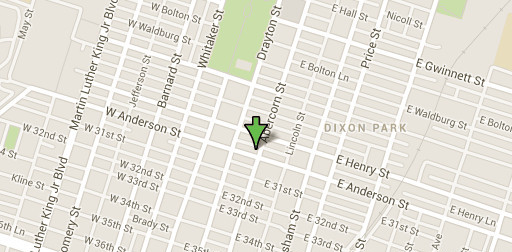A couple of months ago, we talked about how your porcelain veneers are resistant to acid attack. Now a new study looking at the relative acid resistance of different dental restorations shows that porcelain veneers will likely be attacked by acid, but compared to natural tooth enamel, they’re very resistant.
Comparing Zirconia to Traditional Materials
This specific study was looking at the relative acid resistance of zirconia and more traditional dental materials used for porcelain veneers and other dental restorations. Zirconia is the strongest dental ceramic in common use, and it’s allowed us to replace many gold back crowns with new, attractive ceramic ones. It turns out it’s also highly resistant to acid.
To determine the acid resistance of the materials, they soaked restorations in a simulated stomach acid solution of 0.6 M hydrochloric acid. That’s a very acidic solution with a pH of 0.22. For comparison, the lower the pH, the more the acidity, with neutral water having a pH of 7, lemon juice a pH of 2, and battery acid a pH of 1. So that’s a very acidic solution. After 96 hours of soaking, they measured the weight of the restorations to determine how much they’d been dissolved by the acid.
Turns out, the zirconia restorations lost about 1% of their total mass. That’s a very minor loss. It’s also a lot less than the traditional material (lithium disilicate, if you’re curious), which lost about 3% of their weight after soaking. Considering the level of acid exposure, that’s also a very small loss.
How Does This Compare to Tooth Material?
As near as we can figure, no one has measured the impact of this acidic a material on tooth enamel, but experiments on the impact of soda on teeth can give us some comparison. One study that soaked natural teeth in sodas for 48 hours found that many of the teeth lost 5% or more of their weight.
Even though that’s only half as long as the restorations were soaked, you might think the difference between 3% weight loss for restorations and 5% weight loss for natural teeth isn’t very big. But you have to account for the intensity of acids used.
The sodas used in this experiment had a pH of 2.38 or higher. Since every point on the pH represents a tenfold increase in acidity, the gastric solution of pH 0.22 is about 150 times more acidic than the sodas. Doing some math, even traditional dental veneer material is about 500 times more resistant to acid than your natural teeth, making them ideal for use in situations where your teeth were damaged by acid.
If you would like to learn more about the durability and beauty of cosmetic dentistry, please call (843) 706-2999 for an appointment with a Hilton Head cosmetic dentist at Beyond Exceptional Dentistry today.





